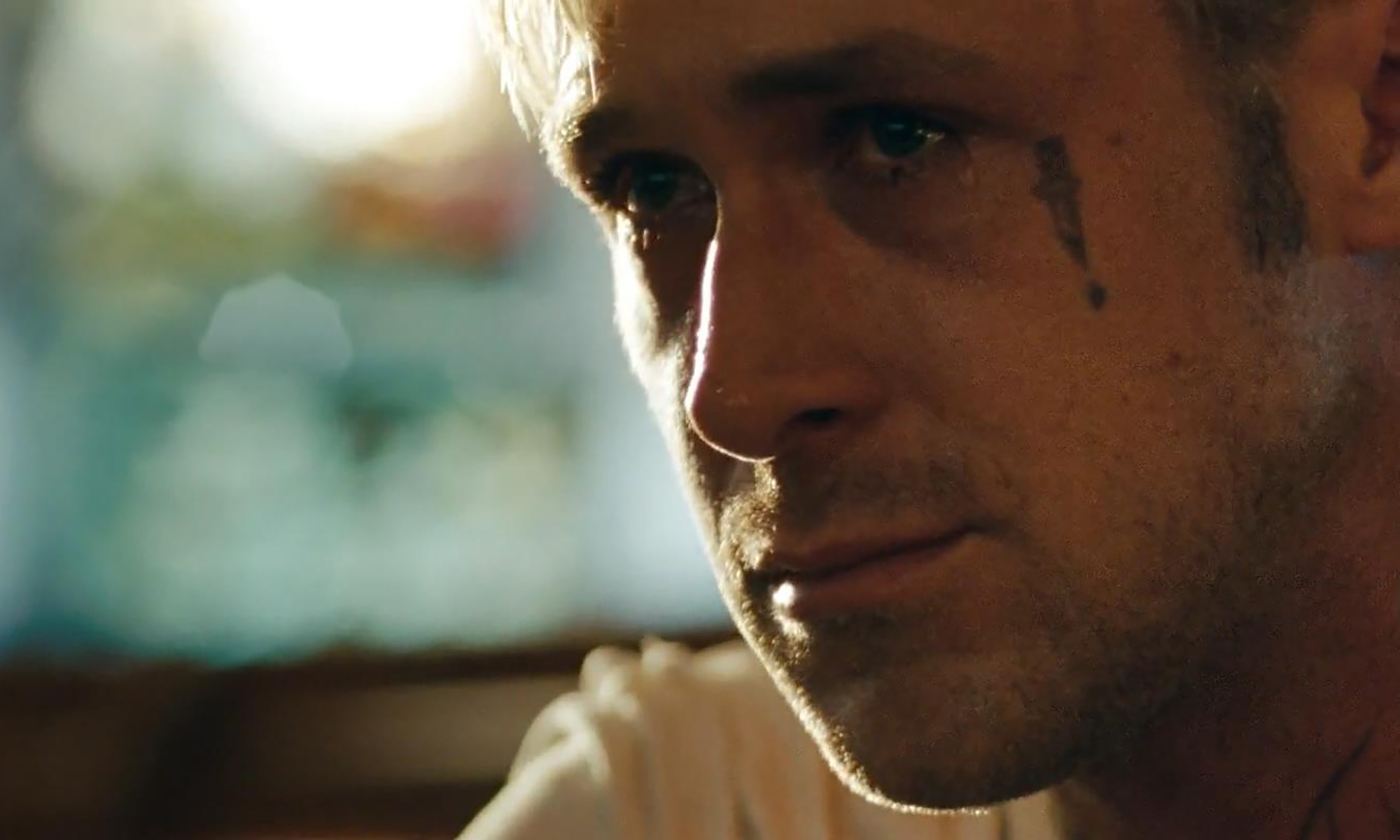While data and pictures will be downloading for the next sixteen months, NASA's New Horizons probe already provided humanity with some astoundingly tantalizing photos of Pluto and it's main moon, Charon.


What strikes me the most about the color photos of Pluto is the color. They look like antique tintype prints. Even when I see the planet with the dark grey Charon immediately next to it, I still have a hard time wrapping my head around the fact that this is the planet's actual color.
What's even more amazing to me is the fact that with the level of sunlight falling on these worlds and the speed at which New Horizons sped past that NASA was able to get any images whatsoever.
Science is cool.

And the fact that they can get closeups of the surface of this quality is nothing short of astounding—with even higher resolution images coming that will download over the coming months.

If Pluto weren't fascinating enough on it's own, Charton is revealing just as many surprises.

For example, how do you get a peak rising out of a circular depression? No one seems to know. What it looks like to me is that a space rock came in very, very slowly, and almost had a soft landing on an extremely plastic surface. Not traveling fast enough to form a traditional crater/ray structure, but fast enough to impact the surface and only slightly deform the surrounding terrain.

All I know is that after seeing these few images, it's obvious that humanity will have to return at some point for an even better look. I doubt it will happen in my lifetime, but it still fires the imagination—especially when you consider that we didn't get any sharp photos of Pluto's much more interesting face:





































